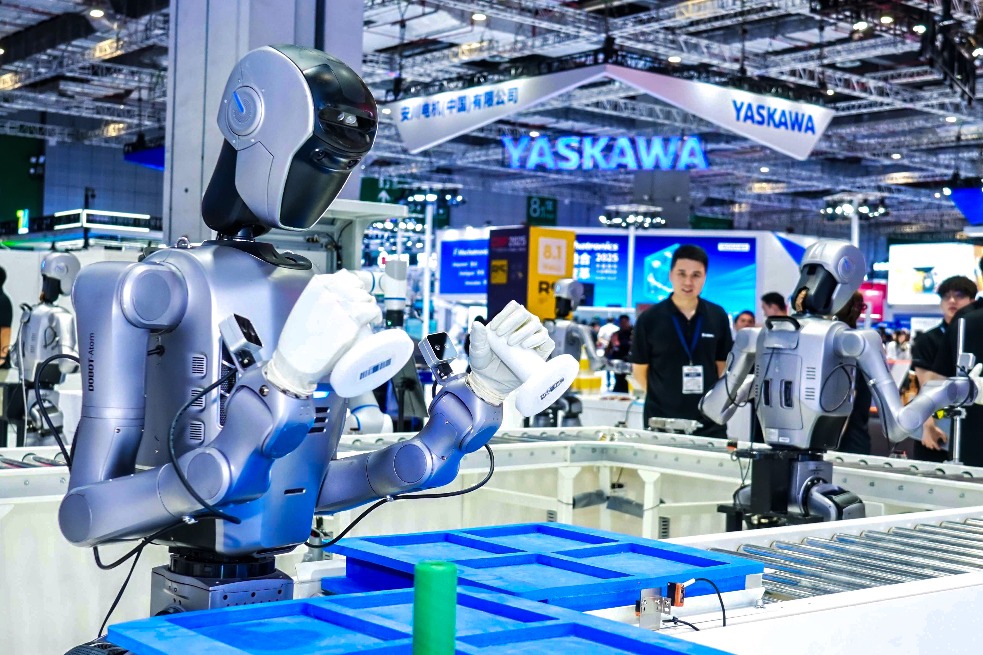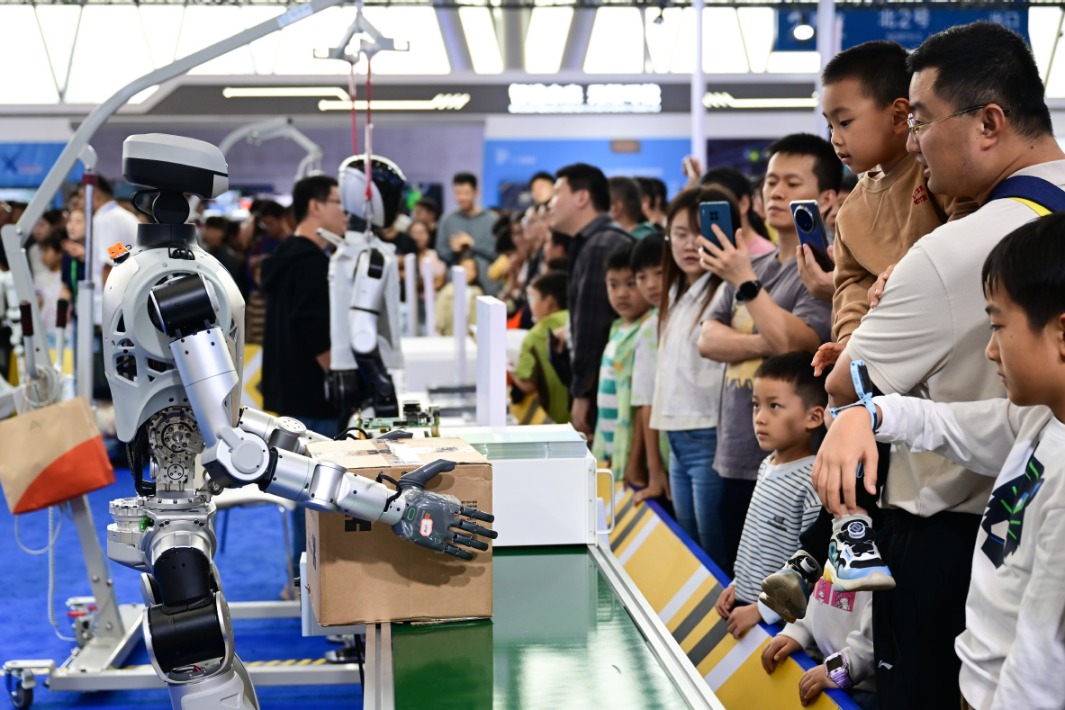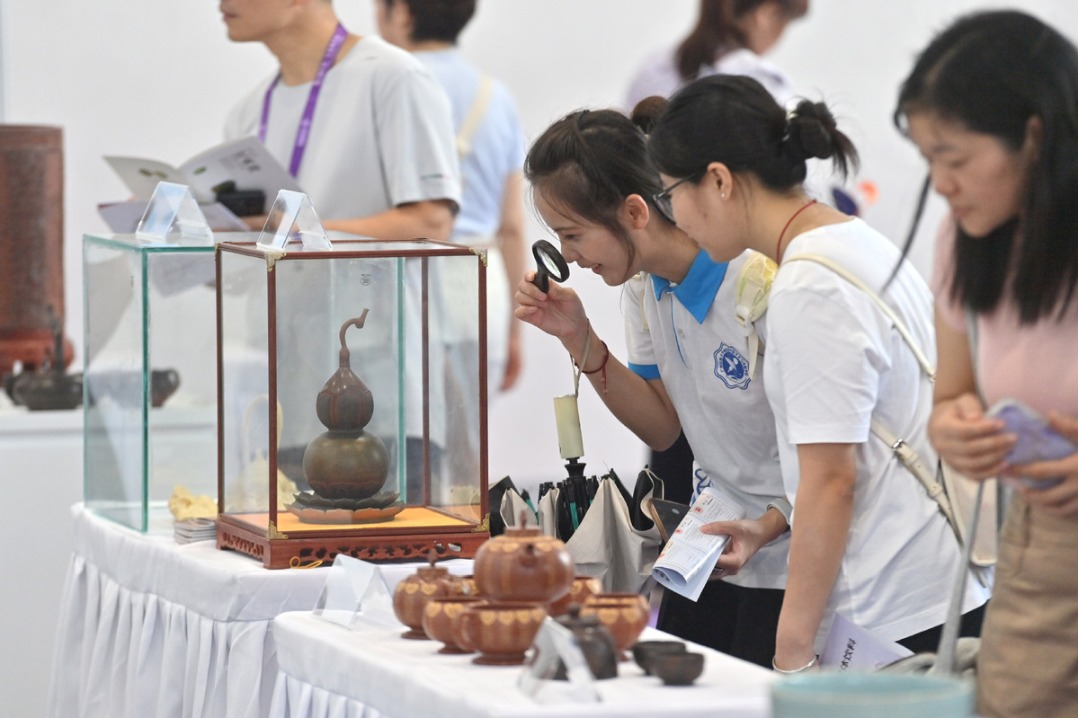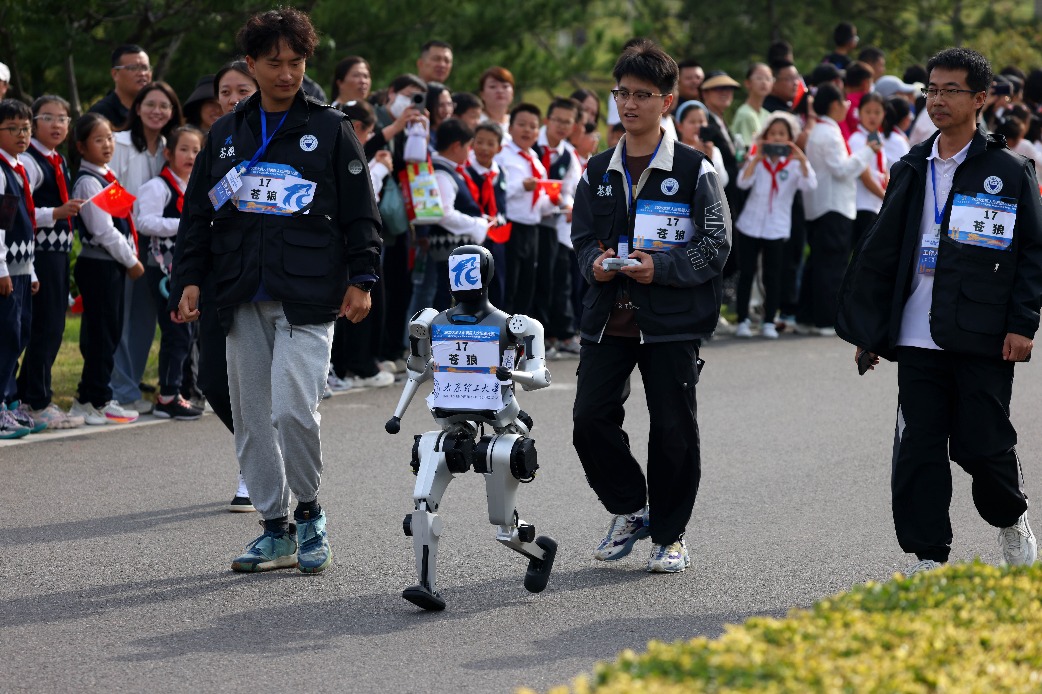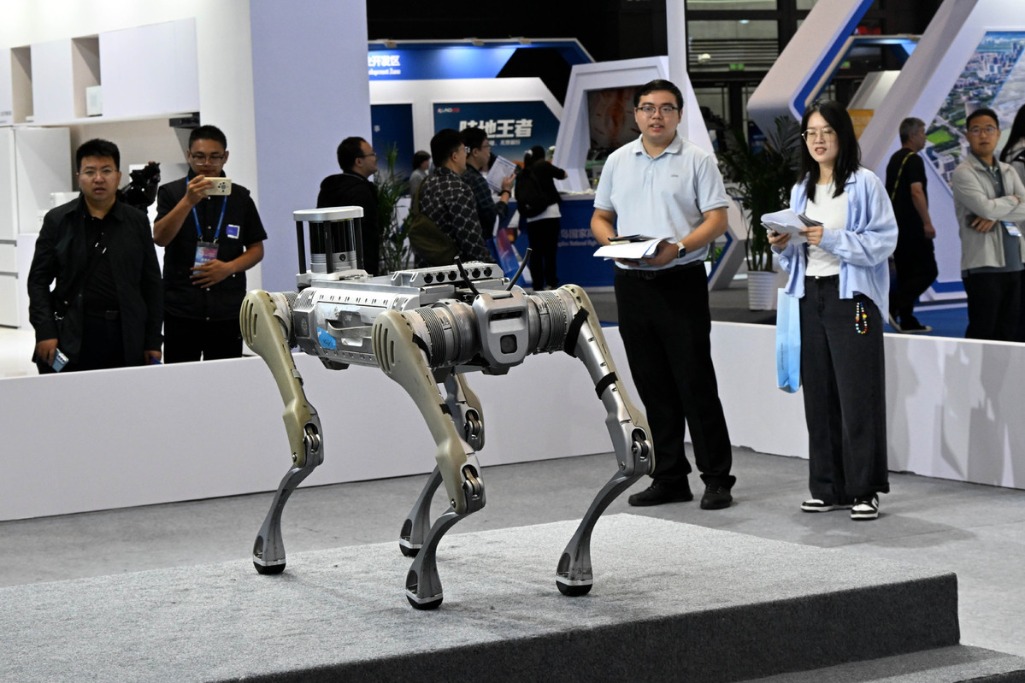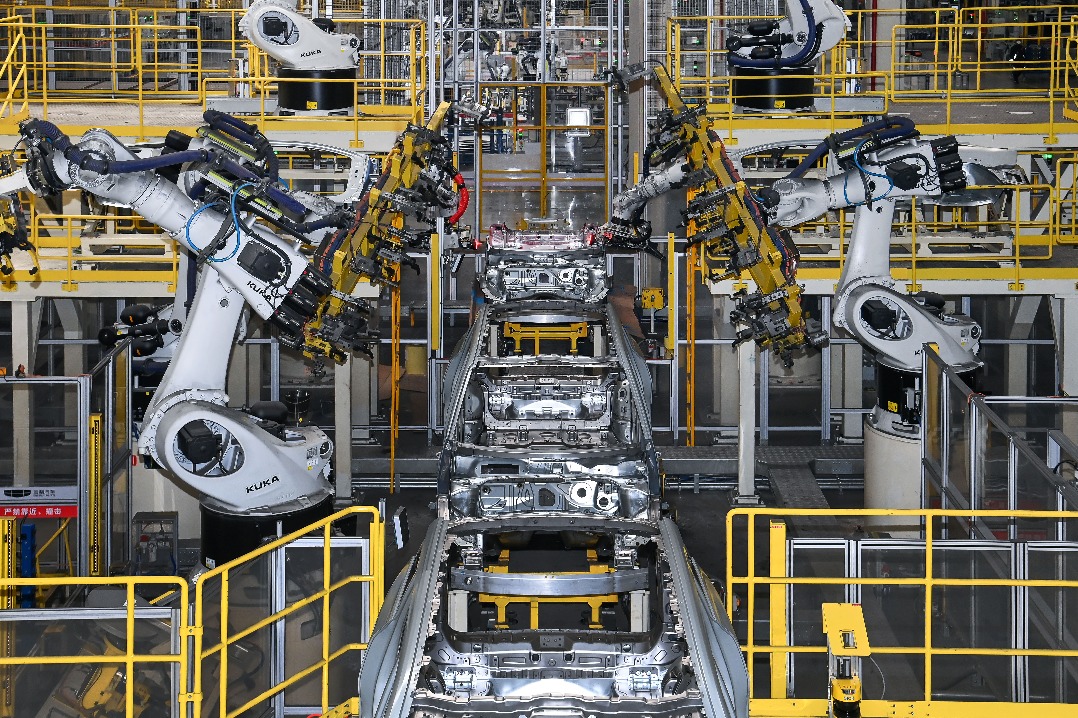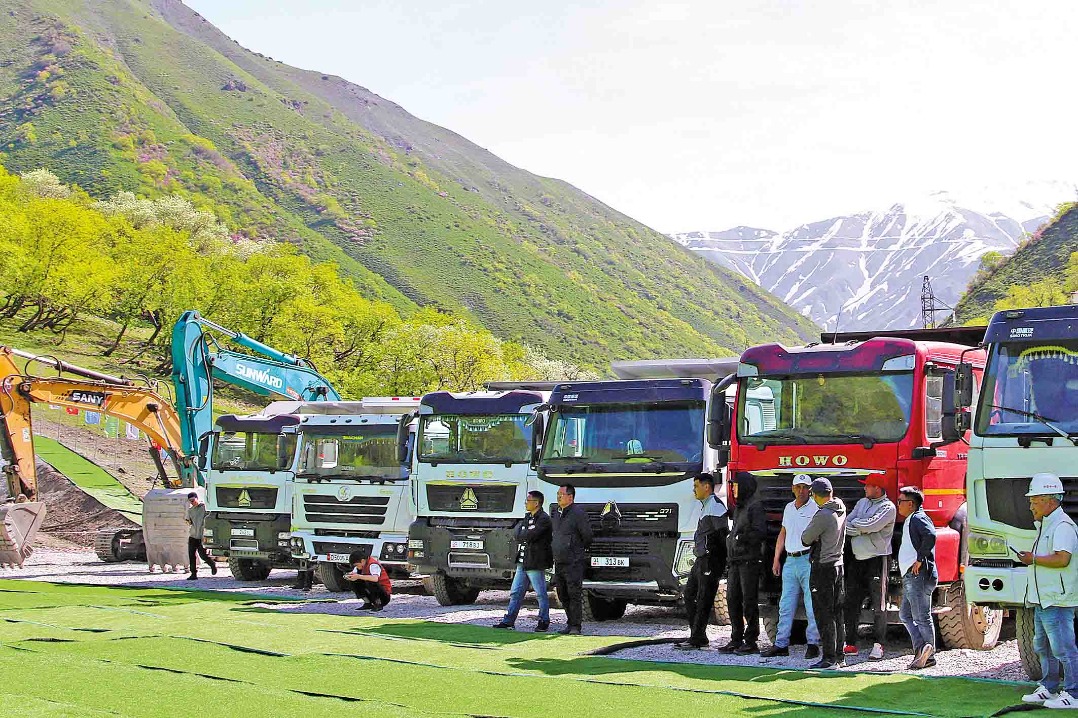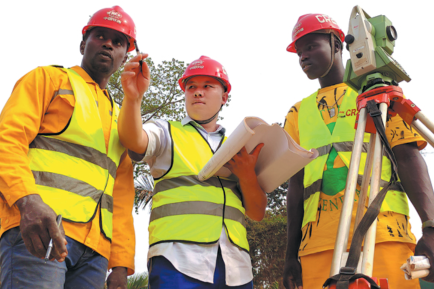Electrification rate rises on green efforts
Higher power consumption fueled by hot weather, government policies

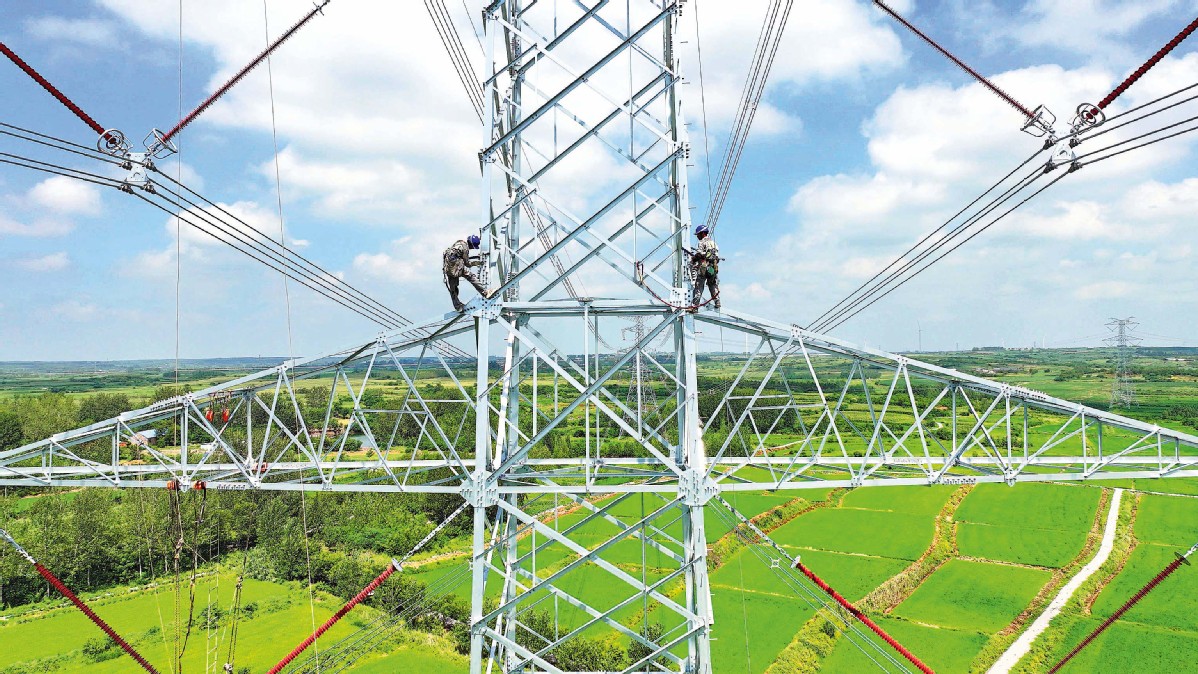
China's electrification rate has exceeded that of major developed economies in Europe and the United States, driven by the country's rapid transition to green energy, according to a new report.
The annual report on electrification development in China compiled by the China Electricity Council revealed that the country's electrification rate reached 28.8 percent in 2024, a 0.9 percentage point increase over the previous year.
The CEC forecasts that China's electrification rate will reach around 35 percent by 2030, exceeding the average level of the Organization for Economic Cooperation and Development countries by 8 to 10 percentage points.
The electrification rate refers to the proportion of electricity in final energy consumption. A higher electrification rate reflects the continuous enhancement of China's power supply capacity and the accelerated pace of transition to green and low-carbon energy.
Yang Kun, executive vice-chairman of the CEC, said as a crucial indicator of modernization, electrification is a vital support for building a new power system and promoting energy transition.
"Countries worldwide are increasingly viewing electrification as a critical pathway to achieve carbon peak and carbon neutrality goals and promote high-quality economic and social development," he said.
Yang anticipates that the accelerated green electrification process will drive the proportion of nonfossil energy consumption to over 20 percent by the end of this year, with renewable energy accounting for over 20 percent of total electricity consumption.
He projects that China's total electricity consumption by 2060 will double from 2020 levels, with the electrification rate exceeding 65 percent, achieving a high degree of electrification in final energy consumption.
According to the report, the Guangdong-Hong Kong-Macao Greater Bay Area led the nation with an electrification rate of approximately 41.7 percent in 2024, a 0.9 percentage point increase from the previous year.
The region's total electricity consumption in 2024 was comparable to that of Japan, it said.
China's electricity consumption surpassed 1 trillion kilowatt-hours for the second consecutive month in August, driven by robust demand from both production and consumption sectors, according to data released by the National Energy Administration.
The CEC attributed the historic electricity consumption, often seen as a key indicator of economic activity, to both hot summer weather and the government's policies aimed at stabilizing industrial growth.
Increased electricity demand was fueled by the rebounding economy, particularly the strong performance of the manufacturing and retail sectors, as industries ramped up production, it said.
While primary industry electricity consumption saw a rapid increase, growing by 9.7 percent year-on-year in August, high-tech and equipment manufacturing also demonstrated strong resilience, with a combined electricity consumption increase of 9.1 percent, the council said.
Considering the high-temperature factors in the third quarter, electricity consumption growth in the second half of this year is expected to be higher than in the first half, it said.
The report also indicated steady growth in the electrification rate of China's industrial sector, reaching approximately 27.7 percent in 2024, a 0.6 percentage point increase from the previous year.
Specifically, the electrification rate for the four major energy-intensive industries reached approximately 18.4 percent, while the rate for high-tech and equipment manufacturing reached approximately 64.7 percent. The consumer goods manufacturing sector saw an electrification rate of approximately 46 percent, it said.
Zhu Zhang, an inspector at the coordination bureau of operation monitoring of the Ministry of Industry and Information Technology, emphasized that promoting electrification is a crucial path for achieving the "dual carbon" goals of new industrialization.
He added that it is of great significance in enhancing industrial safety and fostering new quality productive forces.
Zhu stressed the need to accelerate the promotion of alternative processes and technologies such as electric arc furnace steelmaking in energy-intensive industries like steel, building materials, and non-ferrous metals.
He also called for breakthroughs in heating alternatives, encouraging the replacement of coal-fired, gas-fired, and industrial boilers with electric boilers in stable and reliable regions, particularly in areas rich in renewable energy.
zhengxin@chinadaily.com.cn

















